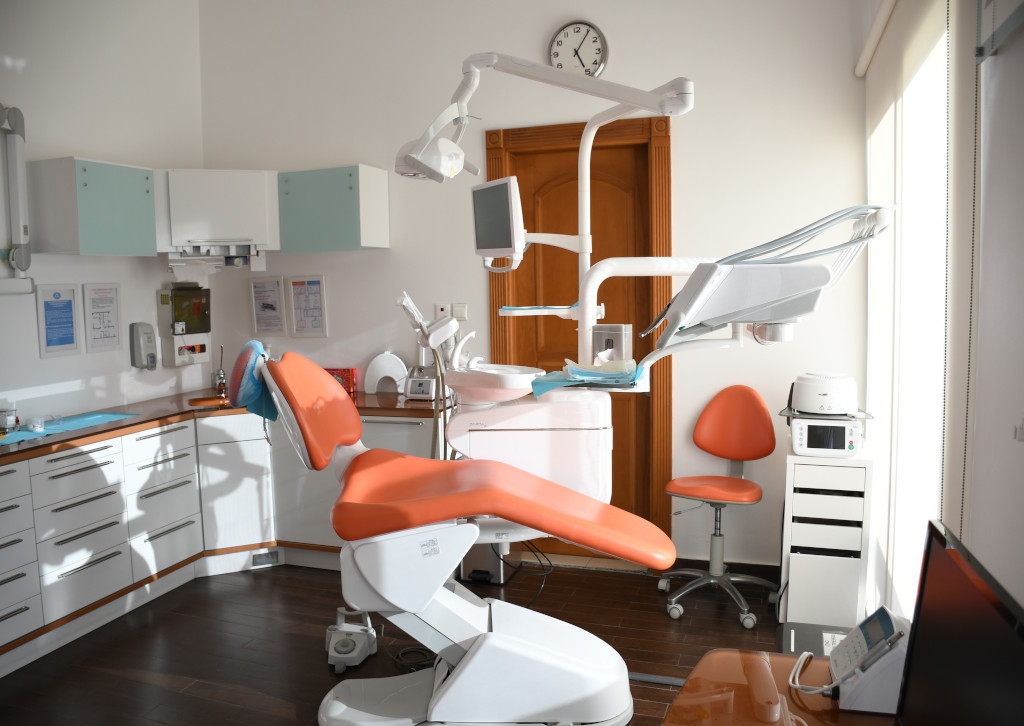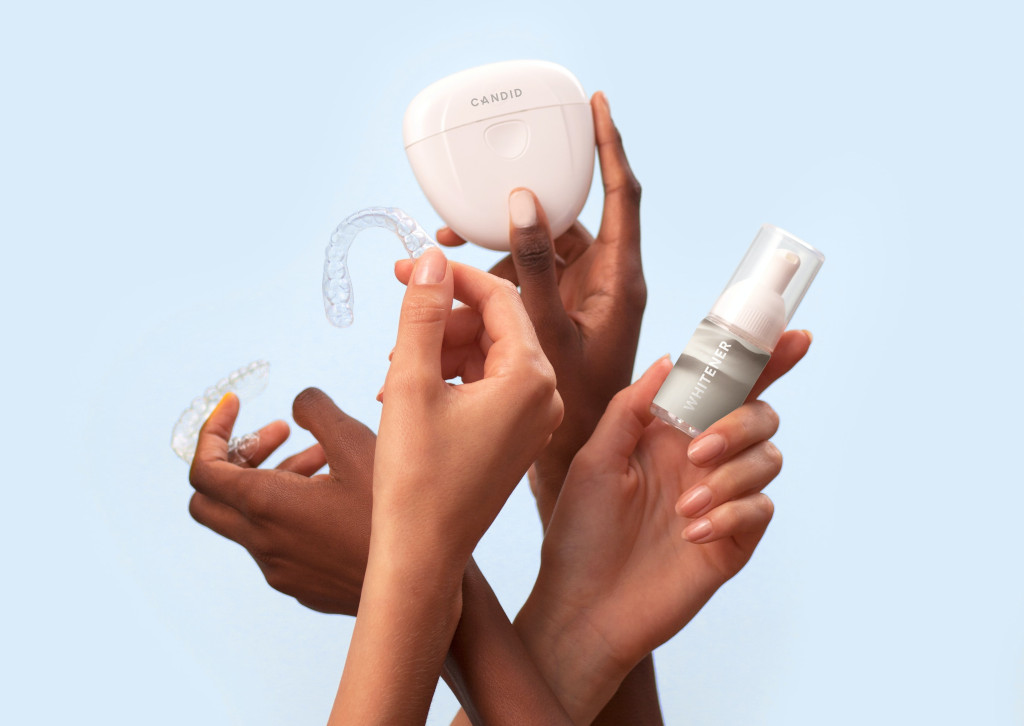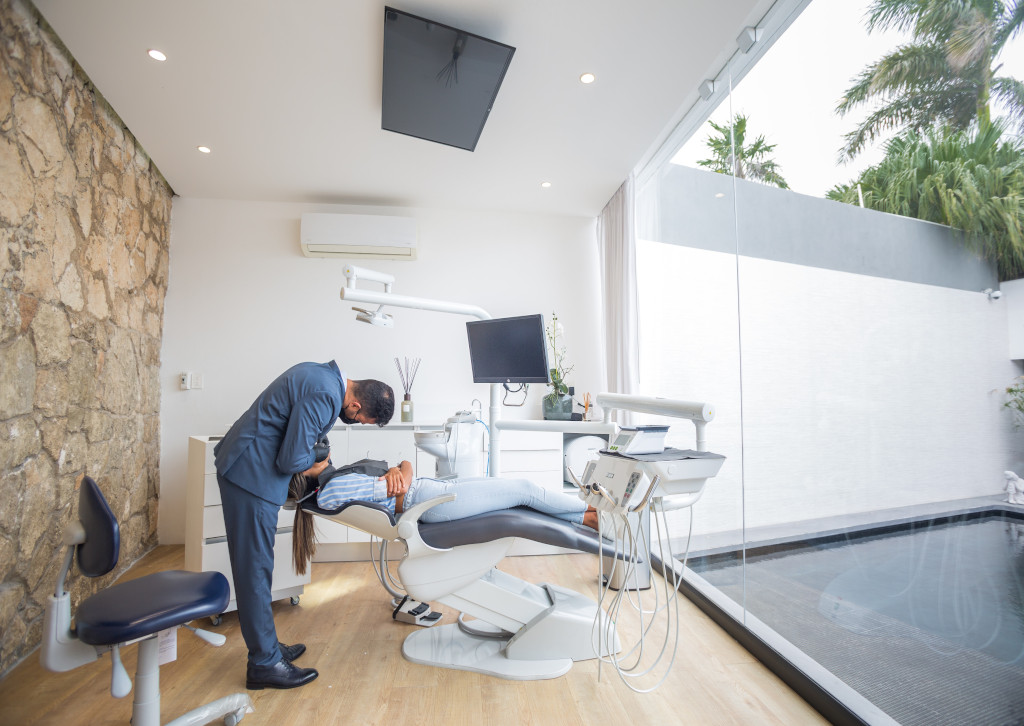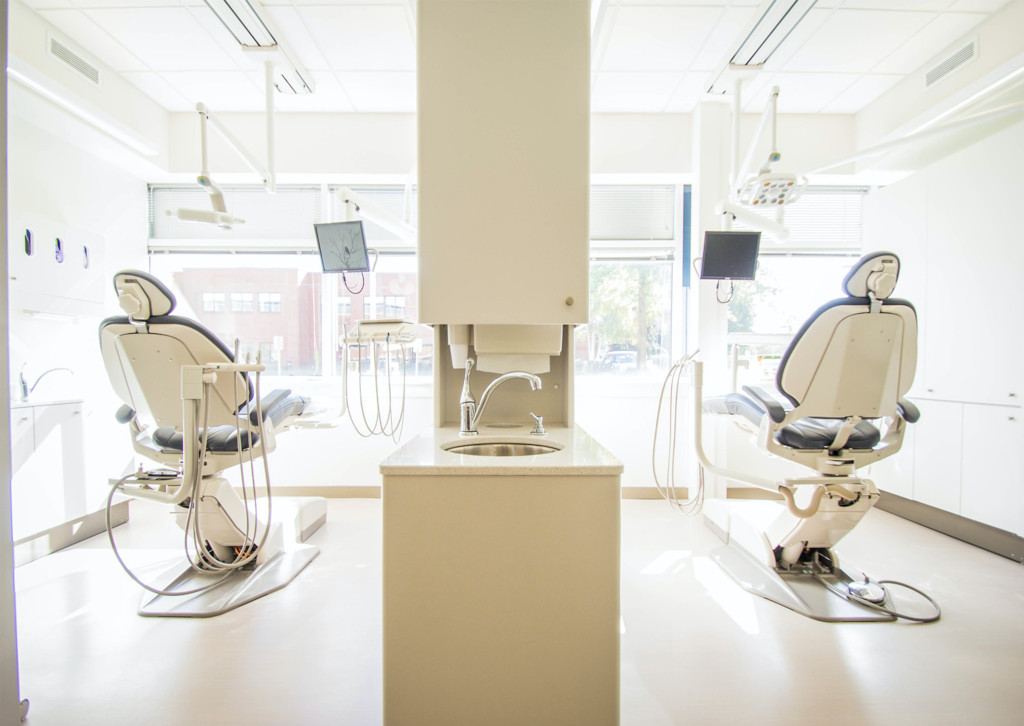During the first years after I graduated from my first dental school in Iraq in 2009, I had never used to deal with practice statistics, surveys, and digital quality measures. As I moved to other countries where I worked or studied in the dental field, I also did not find many data-driven private practices where I worked at.

Dr. Al Sammarraie
However, after getting my second dental degree in California and starting my first job in community health care, which involves multiple practices that serve thousands of patients. My new role as a site dental director opened the door wide for me when it came to big data. I realized collecting and analyzing data can tremendously affect the quality of care we provide.
I believe that dentists today should count on incorporating data-driven goals in improving the quality of dental services. The data collected at various points of dental care can be essential for delivering timely and improved care. Clinics could work smarter to improve the quality of dental services while spurring innovation.
With many dental practices adopting electronic dental records (EDR), collecting data about your dental practice and patients are now easier.
When done right—and with the help of office managers and your dental team—data analysis can result in improved quality of dental services as well as practice workflow.
By collecting and analyzing your mass of data held in the EDR, you could help drive improvements in the following areas of your dental practice. Here are some examples on how big data can help:
Improve Population Health
Data can help you identify patients at a higher risk of developing chronic and severe oral diseases. You can then implore them to make an appointment and prevent the danger to the overall systemic health. This will not only improve their health but also reduce the cost of getting quality healthcare.
Reduce Missed Appointments
The EDR can be used to identify the people who are at the most risk of missing an appointment and the underlying reasons.
This ensures that you can follow up on the group and take other measures to understand their reason for failing to show up. Moreover, it ensures that you can maximize the time with the patients that willingly show up.
Real-Time Prevention of Oral Health Deterioration
Analyzing patient data in real-time alongside historical data allows you to identify potential issues that could otherwise get out of hand if not acted upon with urgency. With data analysis, you can take note of the inconsistencies in oral hygiene and prescribe the requisite remedies.
There is no doubt that big data is already affecting dentistry for the better. Data analysis will be vital in ensuring that you improve customer service delivery by working smarter.
Moreover, integrating new dental information with historical medical information for each patient will result in a better understanding of disease patterns. This ensures better preventive measures and improved quality of dental services.
When I started practicing data management and quality metrics, in the beginning, I thought it was easy to achieve a significant increase in any quality metric shortly if you only add more patients. After a while, I realized that things are not easy as they seem. Improving clinical performance and quality productivity needs a lot of work, chiefly understanding your weaknesses, strengths and working hard to invest everyone’s best towards the ultimate goal: caring for patients.
Data showed me trends in many practices that open my eyes to dig into root causes of wins or losses. For example, our sealant metrics met our quarterly defined goals. Still, when I brought all data together (patient ages, erupted, unerupted, partially erupted, or restored teeth, recall-due visits, schedule utilization, and availability). I found that we could do better and more than what we proposed. Such data-driven speculation was a reason for a pilot practice to modify our workflow. We revisited our results after 90 days. The results were outstanding; our metrics showed an 8% increase compared with last year or other clinics that did not establish the pilot workflow. Because of the data, we learned that we could do better than we thought before.
Other examples include treatment completion and cases like dentures or RCTs. With detailed data reports, we tracked our average starting and delivery days. We reviewed our workflow to find the best practices to ensure that our respective patients are getting the best quality treatment on time. Sometimes, a rapid jump in your metrics or a rapid drop indicates a training issue like wrong documentation, incorrect coding, etc. This will allow the clinicians or managers to identify areas of improvement and training.
Having a data-driven mentality, in my opinion, helps achieve quality and productivity at the same time. It will keep the team focus on our mission and be more engaged with the clinical aspect of dentistry. For example, it’s important to understand why dentists care about preventive care, a recall system, continuity of care, and the various treatments.
Do not be afraid of numbers. They do not turn people into statistics; statistics turn patients into healthy people.
Do you think that EMR can be used to improve quality and productivity in solo practices? I would like to learn from your experience in that at private offices. Please DM me at muhalab.ns@gmail or LinkedIn
Editor’s note: For more information on electronic health records, visit the ADA FAQ Index web page.
Dr. Muhalab Al Sammarraie is a New Dentist Now guest blogger. He grew up in Baghdad before coming to the U.S. as a foreign-trained dentist. He obtained his D.D.S. with honors in 2019 and became a member of the A.D.A., California Dental Association, and the San Diego County Dental Society. While working towards his second degree, He accrued remarkable leadership experience working in public, private, and non-profit sectors. He led many departments and oversaw process improvement in education, social services, and community health. Dr. Al Sammarraie is currently a site dental director at AltaMed Health Services, the nation’s largest FQHC. Outside of dentistry, Dr. Al Sammarraie supports activist groups in Iraq that help war victims and displaced people find educational opportunities and medical care.



